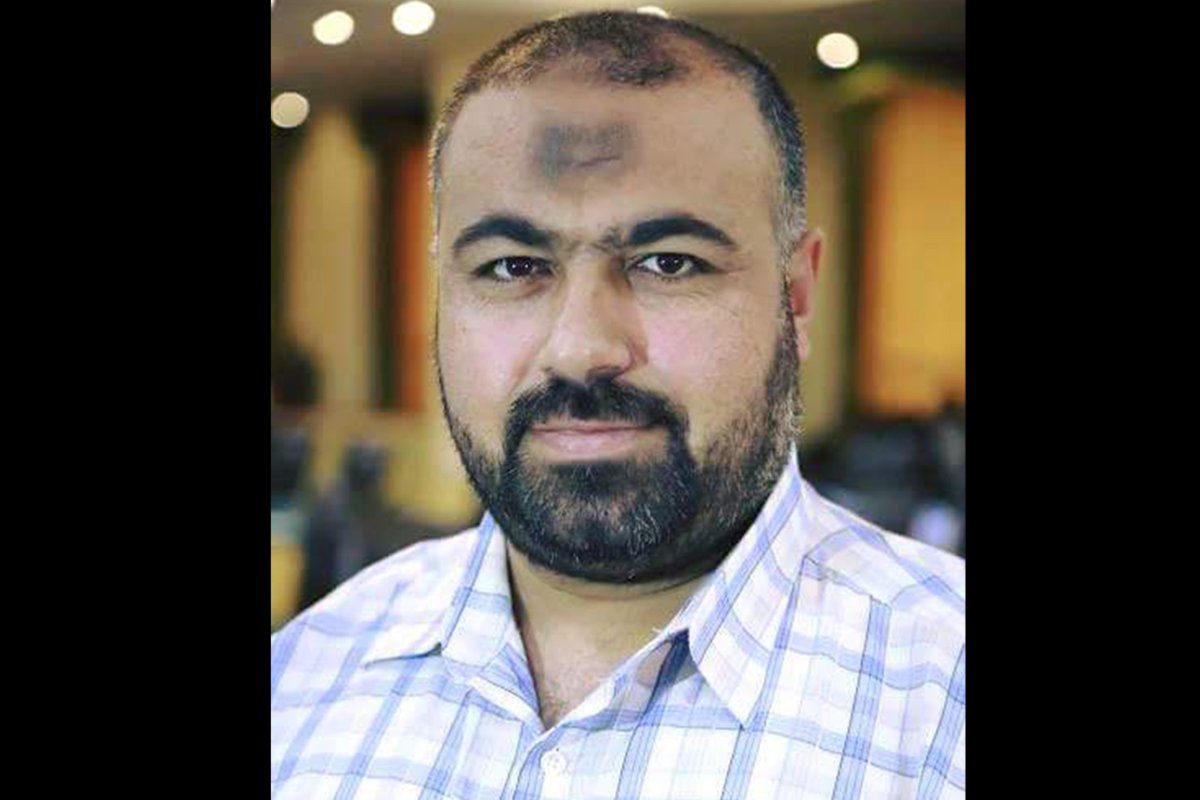On 30 March last year, the Palestinians in the Gaza Strip took part in the Great March of Return, an example of popular resistance initiated by activist Ahmad Abu Rtema and then adopted by the factions. They then established the National Committee for the Great March of Return and Breaking the Siege in order to run the protests. Protests have been held weekly ever since.
The Committee adopted the goals laid down by Abu Rtema, which remain an end to the 12-year-old Israeli-led siege imposed on the territory, and highlighting the right of Palestinian refugees to return to their homes and land inside what is now called Israel, from where their families were forced out by Zionist terrorists prior to the creation of the state in 1948.
Over the past year, Israeli occupation forces have killed 273 protesters and wounded more than 25,000 others. The so-called Israel Defence Forces also carried out several military operations while trying to suppress the protests, prompting the Palestinian resistance groups to respond by targeting Israeli cities and towns with homemade rockets. This, in turn, prompted urgent international mediation, with Egypt and the UN getting involved in an effort to calm the situation.
![Palestinians along the Gaza-Israel border reaffirm the ‘Right of Return’ and get shot by IOF - Cartoon [Sabaaneh/MiddleEastMonitor]](https://i0.wp.com/www.middleeastmonitor.com/wp-content/uploads/2018/04/6-4-2018.jpg?resize=500%2C310&ssl=1)
Palestinians along the Gaza-Israel border reaffirm the ‘Right of Return’ and get shot by IOF – Cartoon [Sabaaneh/MiddleEastMonitor]
READ: One year following from the Gaza protests, almost 3,000 injured children required hospital treatment
Perhaps more than anything else, the protests have exposed the brutal reality of the Israeli occupation state, which claims to be a beacon of democratic values. Israel used lethal force against peaceful, unarmed protesters who, according to the UN and other international bodies, posed no danger whatsoever to its soldiers. The shocking death toll illustrated the fact that Israel has no respect for the right of the Palestinians to demonstrate in support of their legitimate right of return to their land.
In addition, the protests led to qualitative progress in the fractured relationship between the Palestinian resistance factions and a number of countries in the region, especially Egypt, which has been mediating a truce between the Palestinian resistance groups in Gaza and the Israeli government.
Palestinian resistance activists in the occupied West Bank have been inspired by what they have seen in Gaza, as have the millions of Palestinians in the refugee camps in neighbouring states and in the wider diaspora. They have seen their right of return being discussed at the highest levels.
Regarding the national gains, the Great March of Return protests are the largest ever popular resistance action. The fact that they are now coordinated by the unified National Committee is significant. This body, which includes rival factions, has had an impact on all national activities organised by any of the Palestinian factions in the Gaza Strip. This unity was reflected in the formation of the Joint Control Room for the military wings of the factions, which has been taking decisions regarding resistance efforts.
OPINION: Israel is targeting the Great March of Return anniversary with vile propaganda
On the humanitarian side, the protests have pushed Israel to ease its siege imposed on Gaza, even before any comprehensive understanding or truce has been agreed. In an effort to reduce or end the protests, Israel has allowed more electricity, paid for by Qatar, into the Gaza Strip; allowed Qatar to fund a job creation programme for 13,000 unemployed graduates and workers in the enclave; increased the fishing zone; allowed more exports and imports; afforded monthly cash payments to over 10,000 poor families; and opened the Rafah Crossing for people and trade. This has had a very positive impact on the devastated Gaza economy.
The Great March of Return protests have, therefore, achieved much for the Palestinians in the still besieged territory. Moreover, they have also shown that when they are united, the people are capable of great things, making everyone much more optimistic about achieving their national goals.
https://www.facebook.com/middleeastmonitor/photos/a.175445796925/10156457166766926/?type=3&theater
The views expressed in this article belong to the author and do not necessarily reflect the editorial policy of Middle East Monitor.

![Palestinian protestors seen during a weekly "Great March of Return" demonstration near the Israel-Gaza border, on 22 March, 2019 [Mohammad Asad/Middle East Monitor]](https://i0.wp.com/www.middleeastmonitor.com/wp-content/uploads/2019/03/1-38.jpg?fit=920%2C613&ssl=1)







